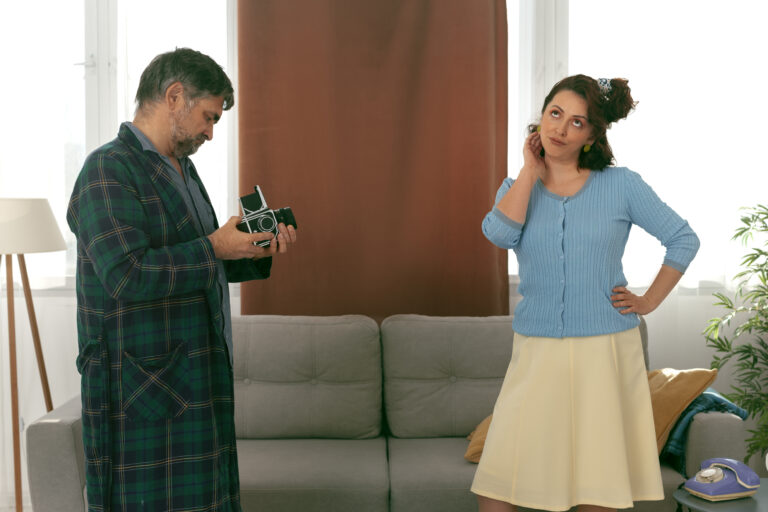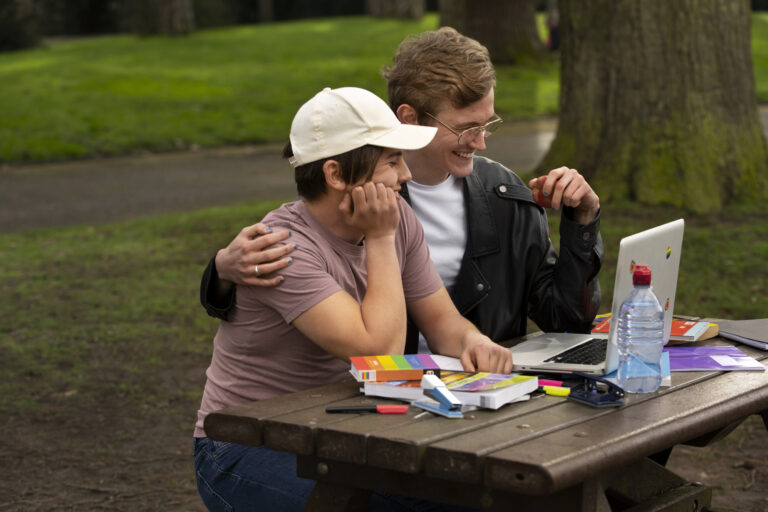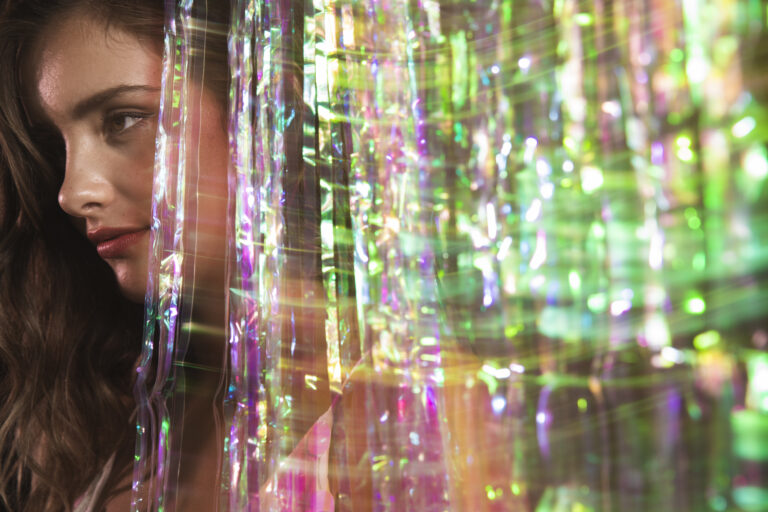NYC Smiling Eyes
In a city that never sleeps, where the pace is a relentless beat and the default expression is often a determined mask, there exists a secret language. It’s not found in the honking cabs or the shouted conversations, but in a fleeting, unguarded moment—a genuine, crinkling-at-the-corners smile that reaches the eyes. This is the language of “NYC Smiling Eyes” It’s the brief, profound connection shared between strangers in a crowd, a silent acknowledgment of shared humanity amidst the concrete jungle. This isn’t the broad, performative smile of a tourist photo; it’s the subtle, authentic grin that says, “I see you, we’re in this together, and for this one second, it’s okay.”
The Unspoken Code of the Sidewalk
New York City operates on a complex set of unwritten rules designed to maintain a delicate social equilibrium. We navigate the crowded sidewalks with a practiced, fluid grace, avoiding direct eye contact to preserve a semblance of personal space in a profoundly public world. It is within this very context that the “smiling eye” moment becomes so powerful. It is a deliberate, minor breach of protocol. It’s the look you exchange with another person when you both simultaneously dodge a speeding cyclist, or when you witness the same absurdly beautiful street performance. In that split second, the masks drop. The eyes meet, a genuine smile flashes—one that fully engages the orbicularis oculi muscles to create those characteristic “crow’s feet”—and just as quickly, you both return to your neutral gazes, continuing on your separate paths. This transaction requires no words, leaves no trace, yet it deposits a small but significant amount of goodwill into your daily emotional bank.
A Tapestry of Expressions: More Than Just a Grin
The beauty of NYC’s smiling eyes lies in its incredible diversity and the myriad of stories it tells. It is not a one-note expression. There is the “We Survived” smile shared with a fellow subway car occupant after a notoriously shaky ride or an unexpected delay. There is the “Can you believe this?” smile exchanged with a stranger in line at a bodega, acknowledging the unique character of the city’s quirks. There is the knowing, slightly exhausted “Parent-in-arms” smile between two caregivers trying to soothe fussy children on a crowded bus. And there is the pure, unadulterated “Witness to Beauty” smile when a sudden shaft of light illuminates a canyon of skyscrapers, and you lock eyes with someone else who stopped to appreciate it. Each variation is a tiny, intimate chapter in the grand, unwritten novel of New York life.
The Stages Where Moments Unfold
While these connections can happen anywhere, they flourish in specific, quintessentially New York environments. The subway platform is a prime theater for this, especially when waiting for a perpetually delayed train. A shared sigh, a glance at a watch, and then the smile—it’s a bond forged in mild inconvenience. The dog run at dawn is another hotspot, where the unbridled joy of pets at play effortlessly translates into relaxed, easy smiles between owners who may only know each other by their dog’s name. Community gardens tucked between brownstones, the line for a legendary food truck, or even the shared space of a stoop on a hot summer night—these are the unassuming stages where the city’s quiet ballet of human connection is performed daily.
Learning to Speak the Language
For newcomers or those who feel beaten down by the city’s hardness, learning to recognize and participate in this exchange can be a transformative practice. It begins with a simple act: looking up. It requires softening your own gaze, being present in your surroundings instead of buried in your phone. You must become a willing observer of the small, beautiful, and absurd moments that comprise city life. And then, you must be brave enough to offer a small, genuine smile when the moment feels right. It’s a muscle that strengthens with use. The goal is not to be a grinning caricature, but to become a conduit for the city’s hidden warmth, understanding that your own smiling eyes might be the small moment of grace someone else needed that day.
Conclusion
The “NYC Smiling Eyes” are the city’s true secret landmarks. They aren’t pinned on any tourist map, but they are more vital to its soul than any statue or observation deck. They are the proof that within the heart of this demanding, chaotic, and often overwhelming metropolis, a deep and resilient sense of community thrives. It is a city that challenges you, exhausts you, and pushes you to your limits, but it also offers these daily, tiny acts of reconnection. In the end, New York City doesn’t care for your broad, toothy grins. But it will reward your authenticity with the profound, wordless understanding of a shared smile that truly reaches the eyes.
FAQ
Q: Isn’t smiling at strangers in NYC considered weird or intrusive?
A: Context is everything. A sustained, beaming smile while staring at someone on a packed train would understandably be uncomfortable. The “smiling eyes” phenomenon is different—it’s a brief, reactive, and mutual moment born from a shared experience. It’s an acknowledgment of a specific situation, not a random gesture, which is why it’s generally received as a positive connection rather than an intrusion.
Q: I’m shy. How can I participate without feeling awkward?
A: You don’t need to initiate a grand gesture. Start by simply noticing these moments when they happen between others. Then, try a small, closed-mouth smile—a subtle upturn of the lips that still engages your eyes. Often, this is all that’s needed. The exchange is about quality, not quantity; even one genuine moment in a week can change your perception of the city.
Q: Is this a new phenomenon, or has it always been a part of NYC life?
A: While the term “NYC Smiling Eyes” may be modern, the behavior is as old as the city itself. In dense, diverse urban environments, non-verbal communication becomes a crucial social tool. Historical accounts and literature about New York often describe these same fleeting moments of understanding and solidarity between strangers, suggesting it’s a timeless coping mechanism and a core part of the city’s identity.
Q: Does this only happen in certain neighborhoods?
A: While the frequency and style might vary, the essence of the connection can be found in every corner of the five boroughs. The shared experience might be about a slow bus in the Bronx, a crowded park in Brooklyn, or a long line for a sample sale in Manhattan, but the fundamental human need to connect and acknowledge a shared experience is universal across the city.





